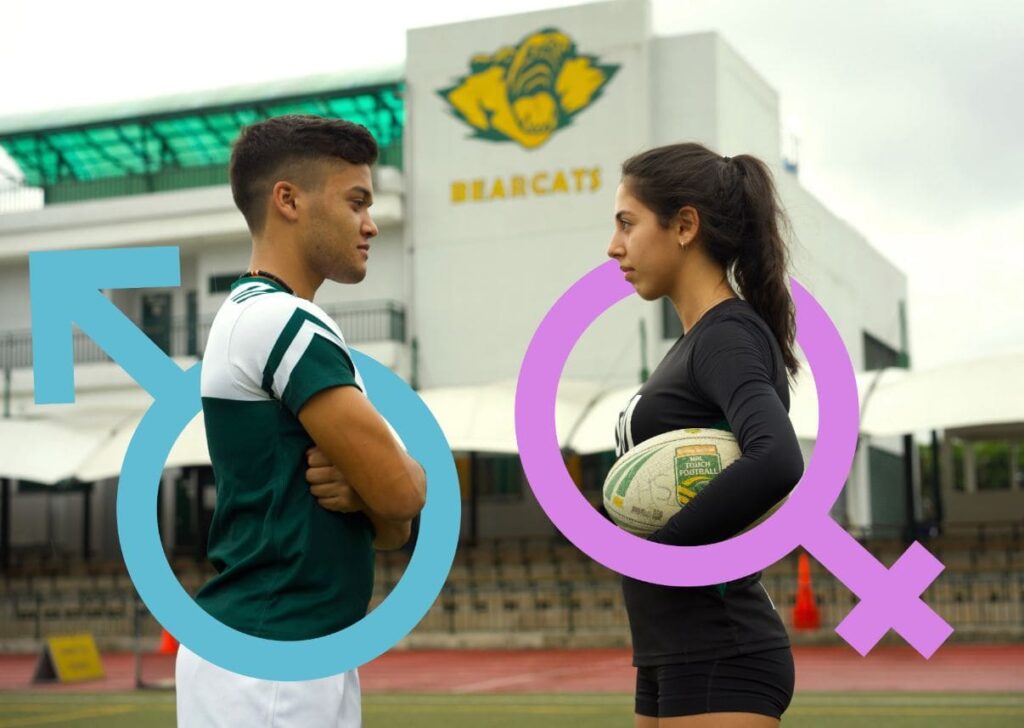Introduction
Female athletes continue to face gender inequality despite the progress that has been made to address this issue. Negative gendered expectations and gaps in the laws protecting women exacerbate this problem. To address gender inequality in the future, there is a need to adopt better policies relating to media coverage and commercials, gender discrimination, and development programs, including involving women in sports governance.
Advertising and Media Coverage
Gender inequality is evident in commercial advertising and media coverage even though significant progress in addressing this problem has been made. Women participating in sports have low media coverage and athletic advertising, demotivating viewers looking for role models for their sporting careers.1 Since this issue is exacerbated by gendered expectations, providing public education and implementing more appropriate laws can help to encourage and protect females in sports. Although the number of women seen in commercials has increased significantly, gender stereotyping is still evident in the advertisements.2 Social norms and values cause female athletes to be portrayed differently due to the existing hegemonic masculine ideals. Brand activism in sports can help to address the problem of gender inequality since this approach attracts underrepresented groups, including women.3 Corporations can build brand image if they support female athletes and spread messages encouraging their participation in sports. Thus, collaborative efforts between governments and business organizations can help to encourage and protect female athletes in the future.
1. Kirsten Rasmussen, Mikaela J. Dufur, Michael R. Cope, and Hayley Pierce, “Gender Marginalization in Sports Participation Through Advertising: The Case of Nike.” International Journal of Environmental Research and Public Health 18, no. 15 (2021): 4, https://doi.org/10.3390/ijerph18157759.
2. Rasmussen et al., “Gender Marginalization in Sports,” 3.
3. Rasmussen et al., 3.

Gender Discrimination
Gender discrimination in sports should be addressed through appropriate laws since it contributes to inequality based on sex. There are gaps in the laws that protect the human and gender rights of individuals participating in sports.4 This problem exposes females to gender inequality, including in how they are treated, their presence in certain sports, and how they are rewarded. Women may be treated differently due to gender fraud, lack of fairness when performing, and how the female and male categories are considered.5 Proper regulations can help to deal with these issues and ensure equality. Even though some laws adopted have helped to fight gender discrimination in sports, governments and regulatory bodies should develop and implement more appropriate policies.6 These regulations can help to better protect women in sports. Collaboration between different agencies and governments should be encouraged to develop rules and regulations that will help to address gender inequality in sports in the future.
4. Seema Patel, “Gaps in the Protection of Athletes Gender Rights in Sport — A Regulatory Riddle.” The International Sports Law Journal 21, (2021): 257, https://doi.org/10.1007/s40318-021-00182-2.
5. Patel, “Gaps in the Protection of Athletes Gender Rights in Sport,” 259.
6. Patel, 258.
Development Programs and Equality in Sports Governance
Gender inequality in sports can be addressed through initiatives supporting women and ensuring better representation in leadership. In nations where women are more involved in the labor force and have high economic status, they tend to have better performance and equality in sports.7 To address the problem of gender inequality, development programs targeting women can be helpful. Despite the fact that measures taken in recent years have helped to ensure equal representation of women in sports governance, the problem still persists today.8 Further progress can be attained in the future by involving more women in sports leadership at different levels. Therefore, supporting and motivating women in different ways can be an effective approach.
7. Henk Erik Meier, Mara Verena Konjer, and Jörg Krieger, “Women in International Elite Athletics: Gender (In)Equality and National Participation.” Frontiers in Sports and Active Living 3, (2021): 3, https://doi.org/10.3389/fspor.2021.709640.
8. Meier, “Women in International Elite Athletics,” 4.
Conclusion
Inequality in sports has been reduced in the past decades, but more efforts can be made to address this issue through proper advertising and media coverage, anti-discrimination policies, development programs, and equality in sports governance. While female athletes have been appearing more in the media and commercials, and laws have been enforced to reduce discrimination, gender inequality in sports still happens. In the future, governments and corporations should work together to support women through development initiatives and better regulations.
Bibliography
Meier, Henk Erik, Mara Verena Konjer, and Jörg Krieger. “Women in International Elite Athletics: Gender (In)Equality and National Participation.” Frontiers in Sports and Active Living 3, (2021): 1–20. https://doi.org/10.3389/fspor.2021.709640.
Patel, Seema. “Gaps in the Protection of Athletes Gender Rights in Sport — A Regulatory Riddle.” The International Sports Law Journal 21, (2021): 257–275. https://doi.org/10.1007/s40318-021-00182-2.
Rasmussen, Kirsten, Mikaela J. Dufur, Michael R. Cope, and Hayley Pierce. “Gender Marginalization in Sports Participation Through Advertising: The Case of Nike.” International Journal of Environmental Research and Public Health 18, no. 15 (2021): 1–22. https://doi.org/10.3390/ijerph18157759.


